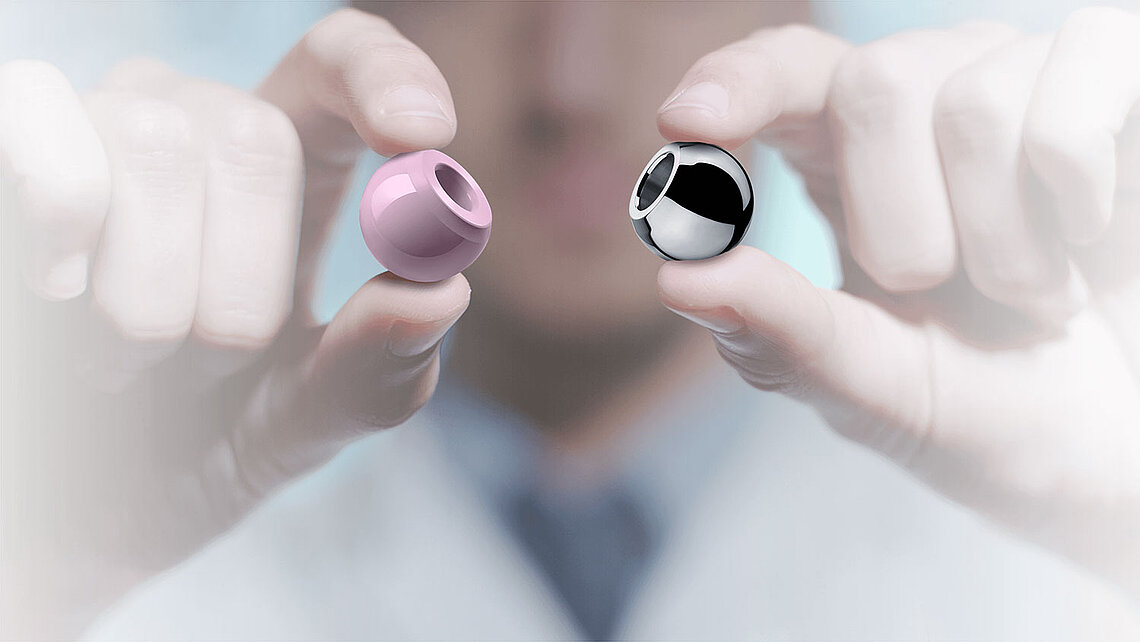Development of adverse local tissue reactions monitored using MRI
The use of Metal-on-Metal (Resurfacing, THA) and Dual Mobility constructs involving Metal-on-Polyethylene bearings in hip replacement is carefully monitored by researchers regarding the possible development of adverse local tissue reactions (ALTRs) and synovial reactions around the implants. A direct comparison with non-metal bearings (ceramic) using MRI for the evaluation of the natural history and prevalence of ALTRs had not been available so far. A group of researchers of Hospital for Special Surgery have now closed this gap.
In a 3-year prospective longitudinal study (Level of Evidence Level III) Koff et al. (Hospital for Special Surgery, New York) investigated the development of ALTR on MoM hip resurfacing arthroplasty (HRA) patients and compared them with other THA bearings (MoM, MoP, CoC, CoP, CoM). Ceramic-on-Polyethylene patients were the control group. MoM HRA patients were hypothesized as a high-risk group, CoP patients as a low-risk group of developing ALTR.
243 hips (of them 44 HRA and 138 CoP) were available at the beginning of the investigation period and 111 after 3 years.
In their investigations, the researchers focused on:
- Blood metal ion levels as a detector for ALTR according to each bearing
- The synovial reaction classification based on morphological synovial features of MRI
- Blood metal ion levels on HRA patients ALTR detected on MRI and on HRA patients without ALTR
- HOOS survey on the same date that the MRI and blood work to observe association between presence of ALTR and PROMs
The results:
- Patients with metal-on-metal (HRS, THA) exhibited higher CoCr serum ion levels than those with CoP bearings at the 4 time points of visit. This was also true for patients with MoP.
- Metal-on-metal (HRA, THA) patients were more prone to develop higher synovial volume even if they did not have ALTR or metallosis present than did patients with CoP.
- MRI detected ALTRs in high-functioning individuals who had reported no pain.
- No association between the change of synovial reaction to ALTR or metallosis detected on MRI and patient´s symptoms could be found.
- The presence of dehiscence at baseline was not necessarily associated with a development of ALTR or metallosis.
References: Koff, MF, Gao MA, Neri JP et al. Adverse local tissue reactions are common in asymptomatic Individuals after hip resurfacing arthroplasty: Interim report from a prospective longitudinal study. Clin Orthop Relat Res. 2021;479(12):2633-2650. doi:10.1097/CORR.0000000000001882

